The problem of antibiotic resistance: General notions and situation in Italy - Il problema dell’antibiotico-resistenza: Nozioni generali e situazione in Italia
Hi everyone,
The idea of writing this post was born from the conversation with a delightful and kind 91-year-old lady who lives near my house. She lives alone and often (especially in this period of isolation) she asks us young people upstairs for some help, for example for grocery or for medicines, and we are happy to help her.
So, this morning, I went to the pharmacy to get her a box of medicine: "Augmentin", one of the most marketed antibiotics in Italy, made up of Amoxicillin and Clavulanic acid. The drug was prescribed by a doctor, as in Italy it can be purchased only in this way.
What really left me stunned is that the prescription was made over the phone. The doctor did not visit the lady, nor did he speak to her in person, he was simply told on the phone that his throat was red and sore and she had a bit of a fluctuating fever. These symptoms, however, can be traced back to many pathologies and not only to a bacterial infection.
This made me reflect on the important problem of antibiotic resistance, which is often linked to the abuse that has been made in the past (and perhaps even today) of antibiotic drugs.
Another important aspect is that an elderly lady, although in great shape, will almost certainly not read the package leaflet to find out how the drug should be taken, but will ask relatives or neighbors.
As I see it, however, the doctor should provide information on the dosage and on the timing of intake. It is very important, in fact, that antibiotic drugs are taken for a certain number of days, in order to decrease the infectious load just enough. If the drug is stopped too early, for example with the first symptoms of improvement, the infection could return and make the therapy completely useless!
Antibiotic resistance is one of the biggest public health challenges today.
In this post I will try to talk about it in a simple and clear way, but if there are any questions I will be happy to answer you.
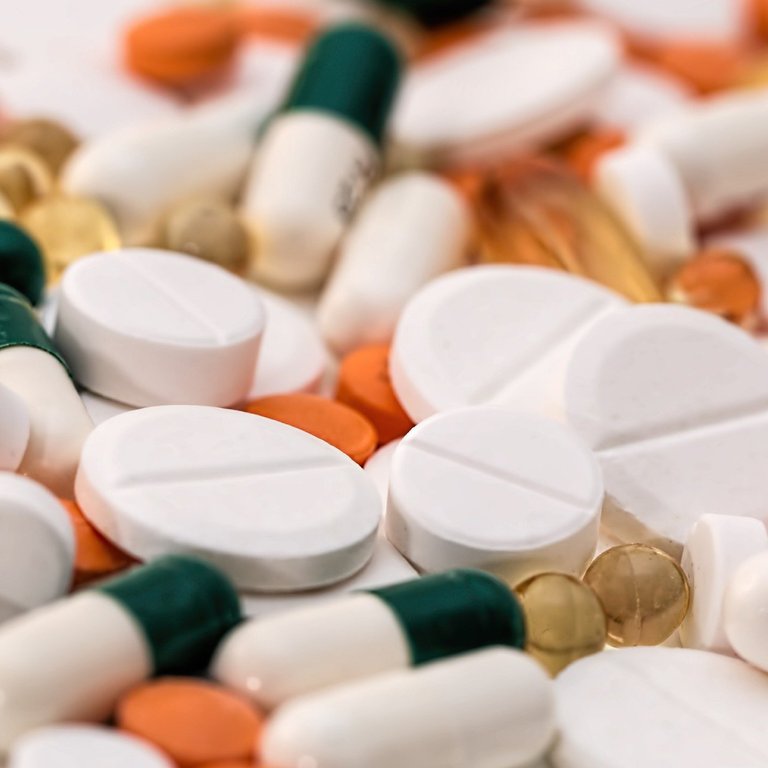
Photo by Steve Buissinne from Pixabay
Introduction
"Antibiotic resistance" means the ability of a bacterium not to be affected by the action of one or more antibiotics that previously, under normal conditions and at the same dosage, had been effective.
Resistance can be:
- Innate: The bacterium is constitutionally insensitive to the antibiotic because, for example, it does not have the protein target;
- Acquired: The bacterium undergoes genetic modifications that make it resistant.
What are the main causes of this phenomenon?
- Excessive use of antibiotics in health care;
- Prescription abuse by doctors;
- Left-over phenomenon;
- Massive use of antibiotics in animal breeding farms;
- Use of fertilizers from farms;
- ...

Photo by Arek Socha from Pixabay
Genetic mechanisms and epidemiology
At the molecular level, the acquired antibiotic resistance is possible because the bacteria undergo chromosomal mutations or exchange gene material.
The mutations, then, can be transferred by vertical transmission (from mother generation to child generation), or by horizontal transmission through the plasmodes.
Some examples of genetic mechanisms are:
- Reduction of the intracellular concentration of the drug thanks to the inactivation of the same by specific enzymes;
- Active outflow of the drug outside the cellular environment;
- Alteration of the drug target;
- Increased insensitivity to apoptosis (programmed death) by the bacterium;
- Increased ability of the bacterium to repair cell damage;
- ...
"ESKAPE" is an acronym that encompasses the pathogens Enterococcus spp., Staphylococcus aureus, Klebsielle pneumoniae, Acinetobacter baumanii, Pseudomonas aeruginosa and Enterobacteriaceae, all of which have shown a multi-drug resistance with increasing tendency.
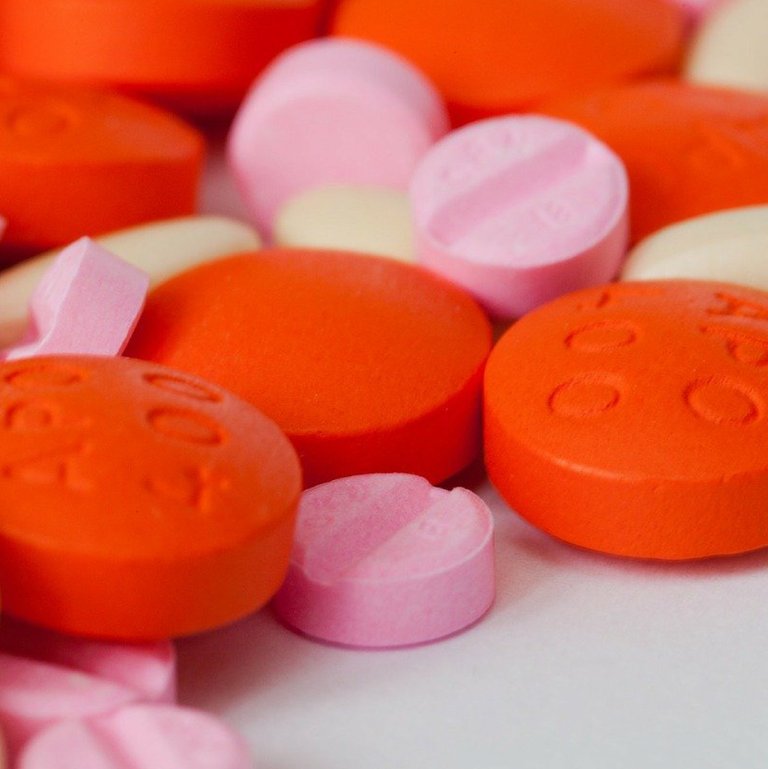
Photo by PublicDomainPictures from Pixabay
Antimicrobial resistance
Antimicrobial resistance is a wider phenomenon than antibiotic resistance which not only involves bacteria, but also other microorganisms such as parasites, viruses and fungi.
This is a worldwide problem of absolute importance, as it reduces the efficiency of drug treatment and patients can remain infected for a long time, increasing the risk of spreading the disease and prolonging the adverse effects of drugs in the body.
The phenomenon of resistance is significantly implicated in the increase of morbidity and mortality in pathologies from microorganisms.
In addition, antimicrobial resistance is a huge cost to public health. This is because, when first-line drugs are not effective, will have to be used more expensive therapies. Duration of treatment also has an economic impact, because patients will have to stay hospitalized longer.
It is no longer a problem linked to certain places, but it is widespread in all the States of the world. A study [1] also states that even in children there is a growing need to treat antibiotic resistance.

Photo by Gerd Altmann from Pixabay
Possible strategies
According to this study [2], one of the best methods of dealing with antibiotic resistance is the combination of drugs.
In fact, it is more difficult for a pathogen to be resistant to multiple drugs of different nature.
The combination exploits a synergy that derives from the fact that the administered molecules can have an effect:
- Congruent: That is, the two drugs are directed against two essential targets for the survival of the microorganism;
- Syncretic: We have a drug directed against an essential target and one directed against a non-essential target or resistance effector;
- Coalized: The two drugs are directed against non-essential targets, but whose simultaneous blockage is not bearable for the bacterium.
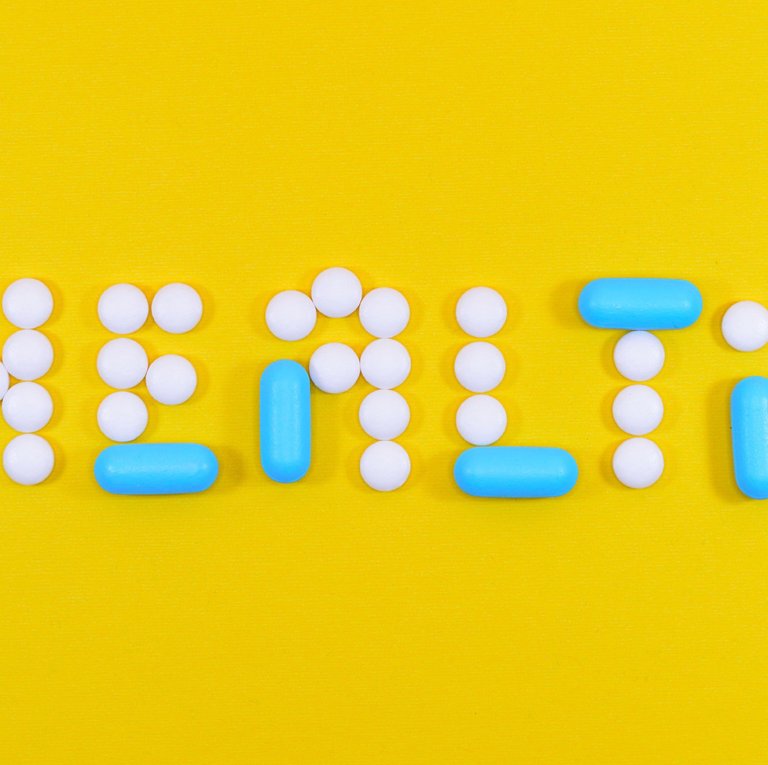
Photo by Miguel Á. Padriñán from Pixabay
The consequences
If actions are not taken as soon as possible that will lead to a turnaround, the consequences will be devastating for the population and the health system:
- Deaths due to infections increase;
- Pathologies that until now were treatable, will return to be dangerous;
- Performing surgery will be increasingly risky and complex due to the need for sterility;
- Hospitalizations will increase because infections will require longer therapies;
- ...
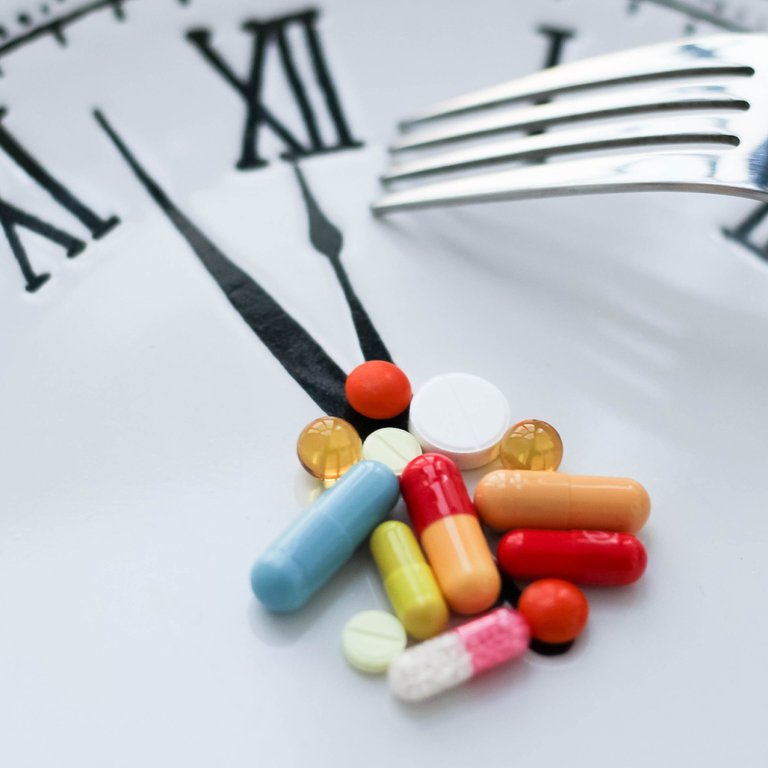
Photo by blogmood__ from Pixabay
Italian situation
Italy is in charge of monitoring drug resistance with a system called AR-ISS, thanks to the superintendence of the Istituto Superiore di Sanità.
It is a project [3] born in 2001 that deals with collecting data on 7 bacterial species: Staphylococcus aureus, Streptococcus pneumoniae, Enterococcus faecalis / faecium, Klebsiella pneumoniae / oxytoca and Escherichia coli.
In my country, the level of antibiotic resistance for all pathogens under surveillance remains above the European average.
In particular:
- 66.5% of E. coli has shown resistance to Ampicillin;
- 99.8% of K. pneumoniae was resistant to Ampicillin and increases resistance against Carbapenems;
- ...
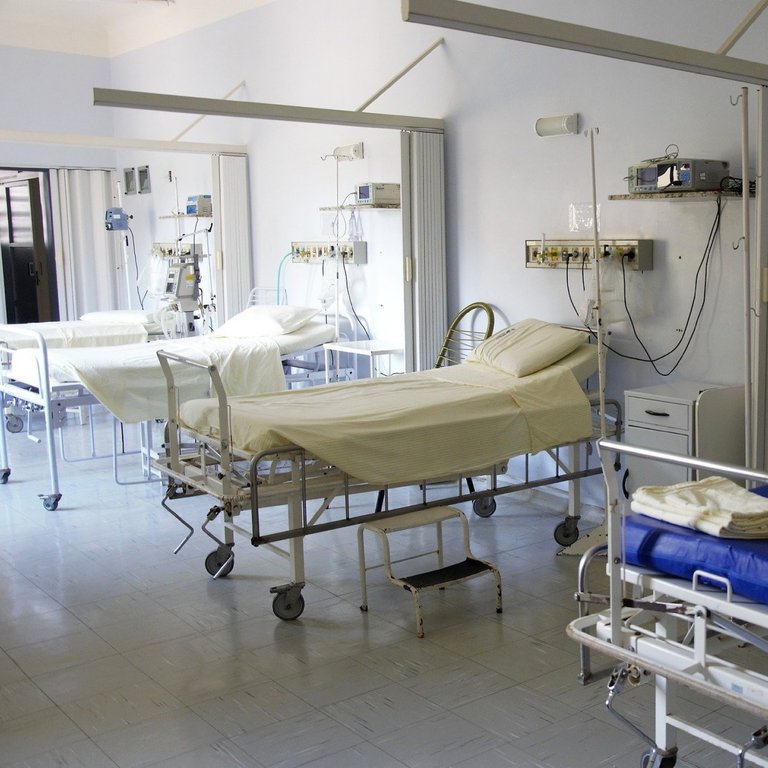
Photo bySilas Camargo Silão from Pixabay
I hope I have been clear and comprehensive in telling the phenomenon of antibiotic resistance.
Do you also know doctors who tend to prescribe antibiotics lightly? I hope this situation will change as a result of greater awareness of the problem.
If you are interested in the topic of microbiology, I suggest you also read my friend's blog @riccc96 who has written some interesting articles about it.
Thanks for stopping by on my blog!
See you next time,
Delilha
ITA
Ciao a tutti,
L’idea di scrivere questo post è nata dalla conversazione con una deliziosa e gentile signora di 91 anni che abita vicino a casa mia. Lei vive da sola e spesso (soprattutto in questo periodo di isolamento) chiede a “noi giovani di sopra” qualche favore, per esempio per la spesa o per le medicine, e noi siamo ben contenti di aiutarla.
Ecco che quindi, stamattina, sono andata in farmacia per prenderle una scatola di medicinale: “Augmentin”, uno degli antibiotici più commercializzati in Italia, formato da Amoxicillina e Acido clavulanico. Il farmaco è stato prescritto con ricetta medica, in quanto in Italia può essere acquistato solo dopo prescrizione del medico.
Ciò che mi ha lasciato davvero basita è che la prescrizione è stata fatta per via telefonica. Il medico non ha visitato la signora, né nemmeno ci ha parlato di persona, semplicemente gli è stato raccontato al telefono di avere la gola arrossata e dolorante e un po’ di febbre altalenante. Questi sintomi, però, possono essere ricondotti a molte patologie e non solo a un’infezione batterica.
Questo mi ha fatto riflettere sull’importante problema dell’antibiotico-resistenza, che spesso è legata proprio all’abuso che è stato fatto in passato (e forse anche oggi) dei farmaci antibiotici.
Un altro aspetto importante è che una signora anziana, sebbene sia in gran forma, non starà quasi sicuramente a leggere il foglietto illustrativo per sapere come va assunto il farmaco, ma chiederà a parenti o vicini di casa.
Per come la vedo io, invece, dovrebbe essere il medico a fornire informazioni sul dosaggio e sui tempi di assunzione. È molto importante, infatti, che i farmaci antibiotici siano assunti per un certo numero di giorni, in modo da diminuire quanto basta la carica infettiva. Se l’assunzione del farmaco viene interrotta troppo presto, ad esempio con i primi sintomi di miglioramento, l’infezione potrebbe ritornare e rendere la terapia completamente inutile!
L’antibiotico-resistenza è una delle più grandi sfide della sanità pubblica al giorno d’oggi.
In questo post cercherò di parlarne in modo semplice e chiaro, ma se ci sono delle domande da parte vostra sarò felice di rispondervi.

Foto di Steve Buissinne da Pixabay
Introduzione
Per “antibiotico-resistenza” si intende la capacità di un batterio di non risentire dell’azione di uno o più antibiotici che precedentemente, in condizioni normali e allo stesso dosaggio, erano stati efficaci.
La resistenza può essere:
- Innata: Il batterio è costituzionalmente insensibile all’antibiotico perché, ad esempio, non presenta il bersaglio proteico;
- Acquisita: Il batterio subisce delle modificazioni genetiche che lo rendono resistente.
Quali sono le cause principali di questo fenomeno?
- Eccessivo impiego di antibiotici nell’assistenza sanitaria;
- Abuso di prescrizione da parte dei medici;
- Fenomeno del left-over;
- Impiego massiccio di antibiotici negli allevamenti di animali destinati all’alimentazione;
- Utilizzo di concimi provenienti da allevamenti;
- …

Foto di Arek Socha da Pixabay
Meccanismi genetici ed epidemiologia
A livello molecolare, l’antibiotico-resistenza acquisita è possibile perché i batteri subiscono mutazioni cromosomiche o scambiano materiale genico.
Le mutazioni, poi, potranno essere trasferite per trasmissione verticale (da generazione madre a generazione figlio), oppure per trasmissione orizzontale attraverso i plasmodi.
Alcuni esempi di meccanismi genetici sono:
- Riduzione della concentrazione intracellulare di farmaco grazie all’inattivazione dello stesso da parte di enzimi specifici;
- Efflusso attivo del farmaco al di fuori dell’ambiente cellulare;
- Alterazione del target del farmaco;
- Aumento dell’insensibilità all’apoptosi (morte programmata) da parte del batterio;
- Aumento della capacità del batterio di riparare i danni cellulari;
- …
“ESKAPE” è un acronimo che racchiude i patogeni Enterococcus spp., Staphylococcus aureus, Klebsielle pneumoniae, Acinetobacter baumanii, Pseudomonas aeruginosa ed Enterobacteriaceae, i quali hanno tutti manifestato una resistenza multifarmaco con tendenza crescente.

Foto di PublicDomainPictures da Pixabay
Resistenza antimicrobica
La resistenza antimicrobica è un fenomeno più ampio della resistenza antibiotica che non coinvolge solo i batteri, ma anche altri microrganismi come parassiti, virus e funghi.
Si tratta di un problema mondiale di importanza assoluta, in quanto riduce l’efficienza del trattamento farmacologico e i pazienti possono rimanere infetti per parecchio tempo, aumentando il rischio di diffondere la malattia e prolungando gli effetti avversi dei farmaci nel corpo.
Il fenomeno della resistenza è significativamente implicato nell’aumento della morbilità e della mortalità nelle patologie da microrganismi.
Inoltre, la resistenza antimicrobica è un costo enorme per la sanità pubblica. Questo perché, quando non sono efficaci i farmaci di prima linea, dovranno essere utilizzate terapie più costose. Anche la durata del trattamento ha un impatto economico, perché i pazienti dovranno rimanere più a lungo ospedalizzati.
Non si tratta più di un problema legato a determinati luoghi, ma è diffuso in tutti gli Stati del mondo. Uno studio [1] afferma anche che anche nei bambini vi è una crescente necessità di trattare l’antibiotico-resistenza.

Foto di Gerd Altmann da Pixabay
Possibili strategie
Secondo questo studio [2], uno dei metodi migliori per affrontare l’antibiotico-resistenza è la combinazione di farmaci.
Infatti, è difficile che un patogeno sia resistente a più farmaci di diversa natura.
La combinazione sfrutta una sinergia che deriva dal fatto che le molecole somministrate possono avere effetto:
- Congruente: Ovvero, i due farmaci sono diretti contro due bersagli essenziali per la sopravvivenza del microrganismo;
- Sincretica: Abbiamo un farmaco diretto contro un bersaglio essenziale e uno diretto contro un bersaglio non essenziale o un effettore di resistenza;
- Coalizzata: I due farmaci sono diretti contro bersagli non essenziali, ma il cui blocco contemporaneo non è sopportabile per il batterio.

Foto di Miguel Á. Padriñán da Pixabay
Le conseguenze
Se non si adottano al più presto delle azioni che porteranno a un’inversione di tendenza, le conseguenze saranno devastanti sulla popolazione e sul sistema sanitario:
- Aumentano i decessi dovuti alle infezioni;
- Patologie che fino a oggi erano trattabili, torneranno a essere pericolose;
- Eseguire interventi chirurgici sarà sempre più rischioso e complesso per la necessità di sterilità;
- Aumenteranno i ricoveri perché le infezioni necessiteranno di terapie più lunghe;
- …

Foto di blogmood__ da Pixabay
Situazione italiana
L’Italia si occupa di monitorare la farmaco-resistenza con un sistema chiamato AR-ISS, grazie alla sovraintendenza dell’Istituto Superiore di Sanità.
Si tratta di un progetto [3] nato nel 2001 che si occupa di raccogliere dati riguardo 7 specie batteriche: Staphylococcus aureus, Streptococcus pneumoniae, Enterococcus faecalis/faecium, Klebsiella pneumoniae/oxytoca ed Escherichia coli.
Nel mio Paese, il livello di antibiotico-resistenza per tutti i patogeni sotto sorveglianza si mantiene al di sopra della media Europea.
In particolare:
- Il 66,5% di E. coli si è mostrato resistente ad Ampicillina;
- Il 99,8% di K. pneumoniae è risultato resistente ad Ampicillina e aumenta la resistenza nei confronti dei Carbapenemi;
- …

Foto di Silas Camargo Silão da Pixabay
Spero di essere stata chiara ed esauriente nel raccontare il fenomeno dell’antibiotico-resistenza.
Anche voi conoscete medici che tendono a prescrivere con leggerezza gli antibiotici? Spero che questa situazione cambierà a seguito di maggiore coscienza della problematica.
Se vi interessa il tema della microbiologia, vi consiglio di leggere anche il blog del mio amico @riccc96 che ha scritto alcuni interessanti articoli a riguardo.
Grazie per essere passati sul mio blog!
Alla prossima,
Delilha
Sources – Fonti:
[1] https://pubmed.ncbi.nlm.nih.gov/29406971/
[2] https://www.nature.com/articles/s41579-018-0141-x
[3] https://pubmed.ncbi.nlm.nih.gov/16676730/

Link all'articolo sulla Pagina Facebook di Hive Italia
Grazie per il supporto! :)
Ma grazie a te per i tuoi contributi. 😀
Grazie mille della menzione!
Pensa che stavo pensando di riprendere la rubrica di microbiologia quest'estate!
Un bellissimo articolo, fantastica come sempre!
Dovresti! A me piaceva molto :)
Grazie a te!
odio gli antibiotici ma adoro il tuo post.
!discovery 40
Per non parlare di tutti gli effetti collaterali... Distruzione della flora batterica in primis.
Grazie per il tuo supporto Armando, una buona serata :)
This post was shared and voted inside the discord by the curators team of discovery-it
Join our community! hive-193212
Discovery-it is also a Witness, vote for us here
Congratulations @delilhavores! You have completed the following achievement on the Hive blockchain and have been rewarded with new badge(s) :
You can view your badges on your board And compare to others on the Ranking
If you no longer want to receive notifications, reply to this comment with the word
STOPTo support your work, I also upvoted your post!
Support the HiveBuzz project. Vote for our proposal!